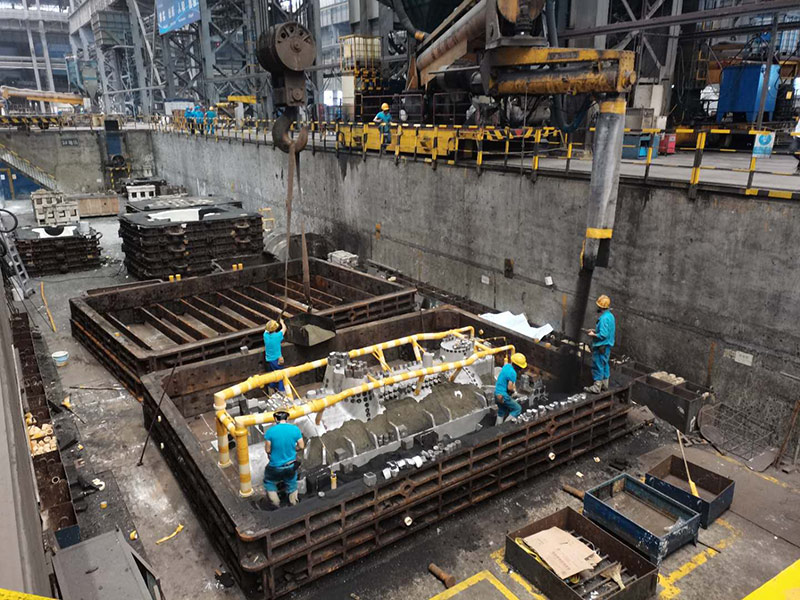Understanding Sand Casting How It Works
Sand casting is one of the oldest and most widely used methods of metal casting. This versatile technique allows for the production of complex shapes and components made from a variety of metals. The process is especially valued in industries where custom-made parts are required in a cost-effective manner. In this article, we will explore the fundamental principles of sand casting and its step-by-step process.
At its core, sand casting involves shaping molten metal, typically aluminum, iron, or steel, in a mold made from sand. The first step in the sand casting process is the creation of a pattern, which is a replica of the object to be cast. This pattern is usually made from wood or metal and is designed to be larger than the final object, accounting for the shrinkage that occurs as the metal cools and solidifies.
Understanding Sand Casting How It Works
The next stage involves preparing the mold for metal pouring. This includes adding vents to allow gases to escape during the pouring process, which is crucial to avoid defects in the finished product. After preparing the mold, the metal is heated until it reaches a molten state. The molten metal is then poured into the cavity of the mold through a sprue, a channel that directs the flow of metal into the sand mold.
how does sand casting work

After pouring the metal, it is left to cool and solidify. The cooling time varies depending on the type and thickness of the metal being used. Once the metal has cooled and hardened, the mold is broken open to reveal the cast part. This part may still have rough surfaces and other imperfections that need to be addressed, which leads to the next phase of the process—finishing.
Finishing operations may include sandblasting, machining, and grinding to achieve the desired surface quality and dimensions. The final product can be further treated, such as through heat treatment or coating, to enhance its mechanical properties and resistance to corrosion.
One of the significant advantages of sand casting is its ability to produce large, complex parts in small quantities at a reduced cost compared to other casting methods. Additionally, the recyclable nature of sand makes this process environmentally friendly.
In summary, sand casting is a fundamental manufacturing technique that combines simplicity, versatility, and economy. Its established methodology allows for the production of intricate designs and custom components, making it an indispensable process in various industries today. As technology advances, sand casting continues to evolve, further broadening its applications and capabilities in modern manufacturing.
Post time:Spa . 22, 2024 14:28
Next:Explore the Benefits and Features of Super Sand G2 for Your Projects
